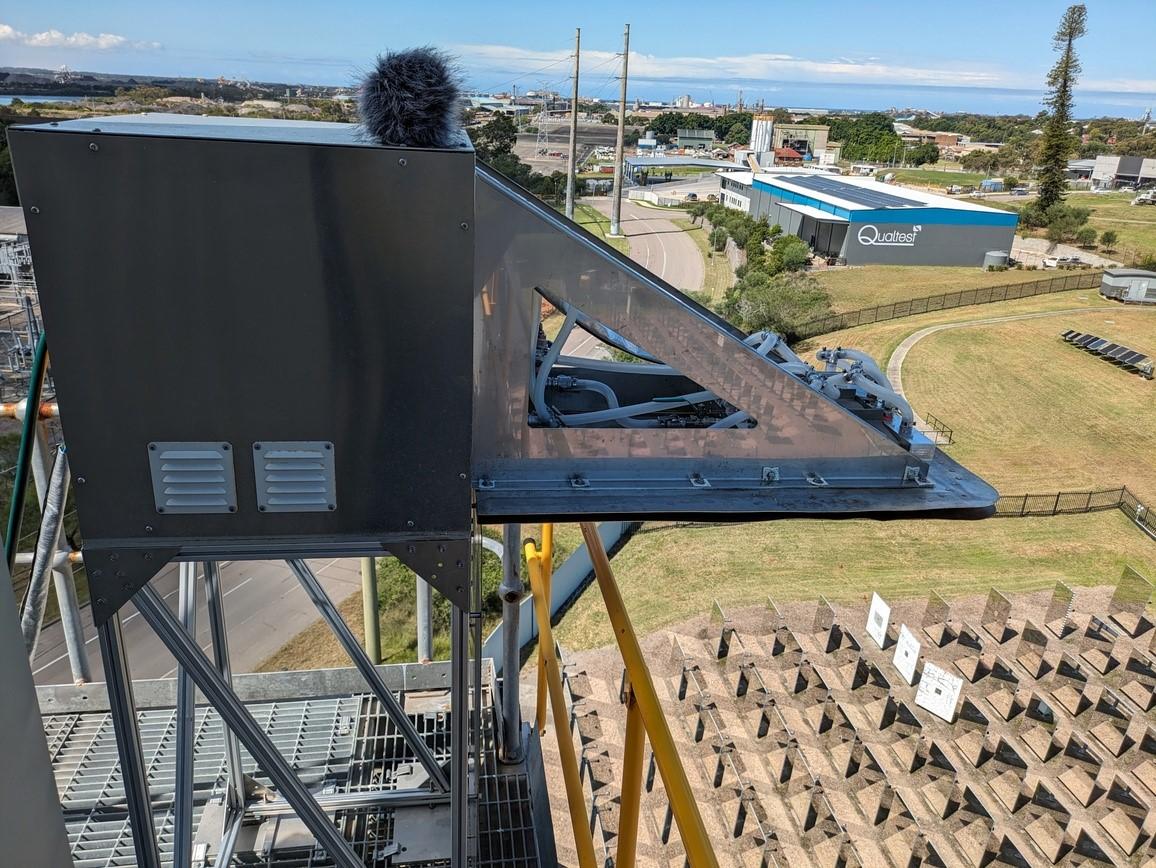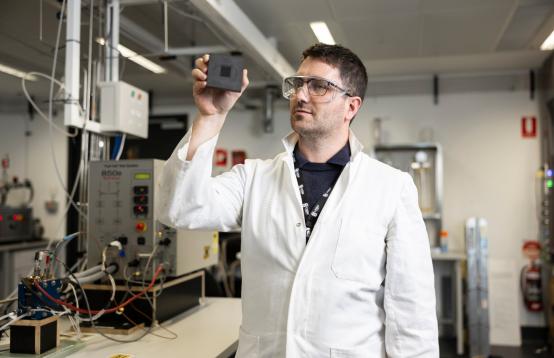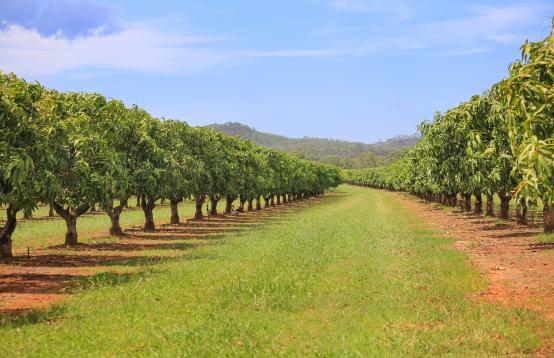Posted on

Australia’s net zero future is one step closer with Sparc Hydrogen successfully testing a water splitting reactor producing alternative green energy directly from concentrated sunlight.
Sparc Hydrogen has successfully tested its second-generation prototype photocatalytic water splitting (PWS) reactor at the CSIRO Energy Centre in Newcastle, NSW.
Sparc Hydrogen was one of nearly 50 projects supported through the Australia’s Economic Accelerator (AEA) Seed grants which advance projects in the National Reconstruction Fund Corporation’s priority areas, including renewables and low emission technologies.
The PWS reactor uses sunlight to split water into hydrogen and oxygen, which in turn allows for the hydrogen to be used as fuel.
Producing green hydrogen in this way is both a low-cost (compared to electrolysis) and clean energy source as it only emits water vapour and leaves no residue in the air, unlike coal and oil.
Lead Scientist for Sparc Hydrogen Professor Greg Metha said that the project was a joint venture between The University of Adelaide and Australian companies Sparc Technologies and Fortescue.
“Sparc Hydrogen is committed to providing an alternative renewable energy solution through green hydrogen produced directly from concentrated solar energy,” Professor Metha said.
“Part of this success is owed to the AEA Seed funding which helped accelerate our research over the past 6 months.
“Hydrogen, as a renewable energy source, is key to meeting Australia’s climate change commitments in the near future.
“Sparc Hydrogen’s key objective is producing this hydrogen cheaply by having a smaller footprint and reduced infrastructure to accelerate the energy transition.”
Sparc Technologies Managing Director Mr. Nick O’Loughlin said that Sparc Technologies was very pleased with the progress in reactor design made over a short period of time by the hard-working Sparc Hydrogen team.
“This prototype testing has persuasively demonstrated concentrated PWS in real world conditions, which in turn reinforces the significant potential of PWS as an alternative to electrolysis for the production of low-cost green hydrogen,” Mr O’Loughlin said.
“We continue to be encouraged by the market demand for alternative green hydrogen production technologies, given the challenges being faced by electrolysis projects globally.”
AEA is a $1.6 billion Australian Government investment aimed at transforming Australia’s research translation and commercialisation landscape.
AEA is funding projects that align with national priorities to help take innovative ideas through to proof-of-concept and proof-of-scale as projects progress towards commercialisation and the creation of new businesses.



